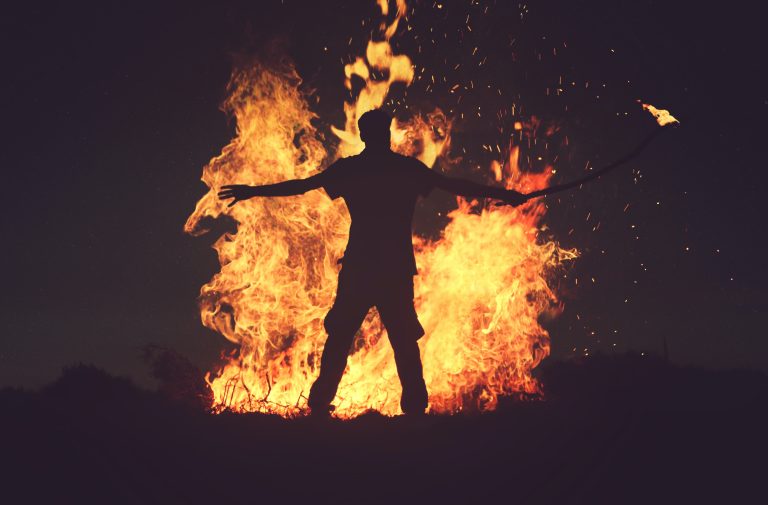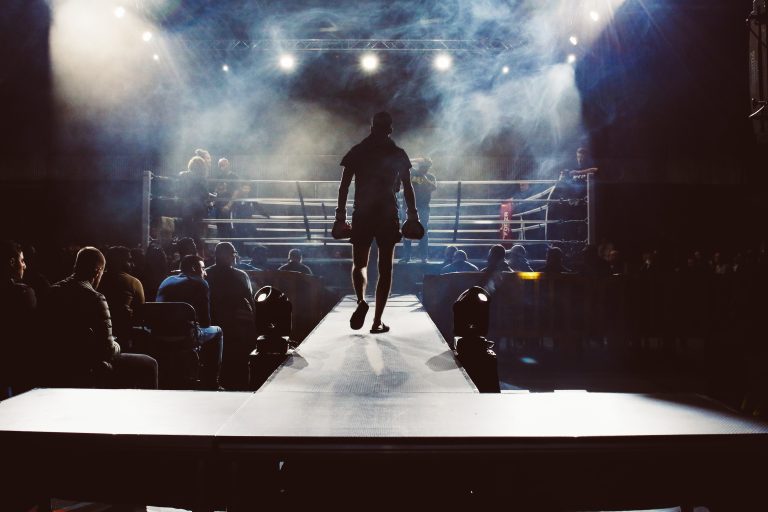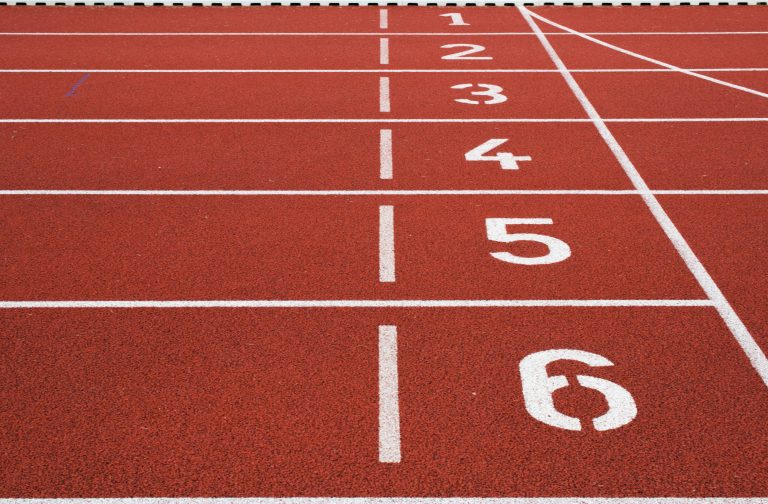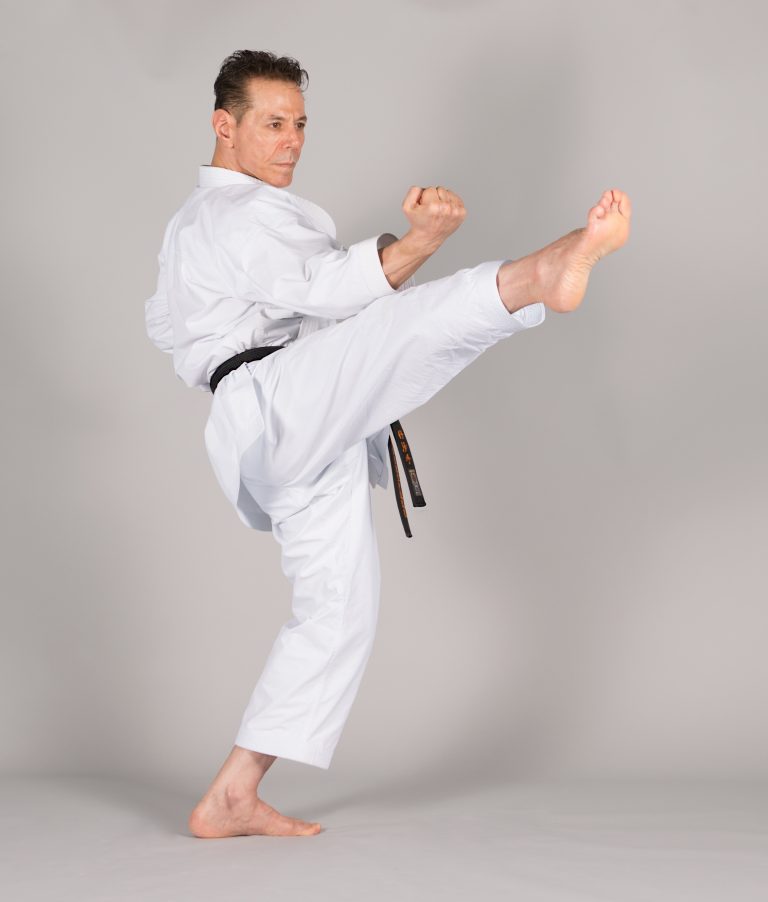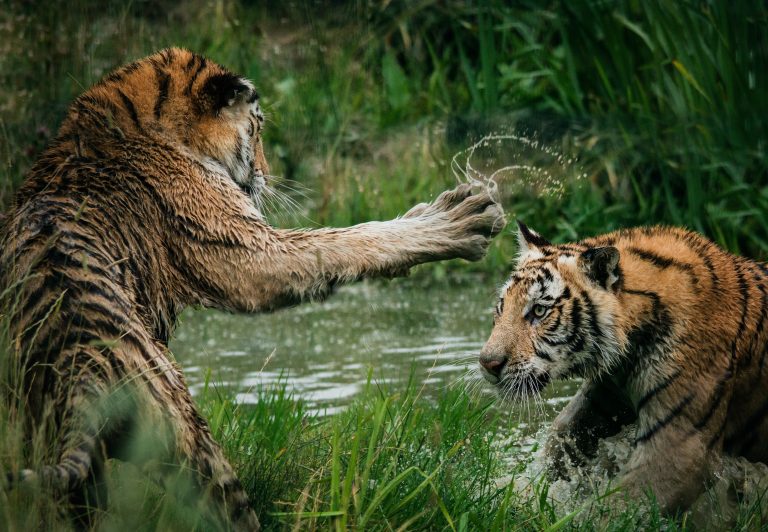What is a Karate Practitioner Called?
Karate is a popular martial art that originated in Japan. It is known for its powerful techniques, intricate forms, and competitive sport variations. Whether you’re a beginner, intermediate, or advanced practitioner, there comes a time when you have to identify yourself in this martial art. In this blog post, we will explore the different terms that describe a karate practitioner.
1. Karateka
The most common term used to describe a karate practitioner is karateka. It is a Japanese word that translates to “a person who practices karate.” The term karateka is used worldwide and applies to practitioners of all levels, from white belts to black belts. In Japan, the term may also be used to refer to any type of martial artist, but in the Western world, it is used exclusively for karate practitioners.
2. Sensei
In Japanese martial arts, a sensei is a teacher or instructor. However, in karate, the term is also used to refer to an advanced practitioner who has achieved a high level of expertise in the art. It is a title of respect given to individuals who have achieved mastery in karate and are qualified to teach others. It is not uncommon for a sensei to have their own dojo (place of practice).
3. Shihan
Shihan is another Japanese term used to refer to an expert in karate. It is a title given to individuals who have achieved an advanced level of proficiency and experience in karate. Unlike sensei, shihan is not just a title, but also a rank typically above 6th dan in the Japanese martial art community. A shihan is considered the highest level of teacher in karate and often has a significant influence on the teachings and direction of a particular style of karate.
4. Sempai
Sempai is a Japanese word that means „senior“ in English. It is used in karate to describe a practitioner who is more experienced than a beginner, but not quite as advanced as a black belt. Sempais are usually recognized by their brown belts and are responsible for mentoring beginners, helping them learn the basic techniques and etiquette of karate. They also assist senseis in teaching classes and supervising training sessions.
5. Kohai
Kohai is the opposite of Sempai; it means „junior“ in English. In karate, Kohai is used to describe a beginner or a student who is less experienced than a Sempai. Junior practitioners are usually identified by their white belts and are expected to show respect and obedience to their seniors. Kohai are also known for their enthusiasm in learning and can request advice from more advanced practitioners.
6. Dan
Finally, Dan is a ranking system used in martial arts to signify the level of expertise and proficiency of a practitioner. In karate, the Dan system usually goes from 1 to 10, with a 10th Dan being the highest rank. A Dan is usually identified by a black belt and signifies that a practitioner has reached an advanced level of proficiency in karate. Higher Dan rankings typically require significant experience and are awarded only after years of dedicated practice.
What is a Karate Practitioner Called?
Introduction
Karate is a popular martial art form that originated in Okinawa, Japan in the 19th century. With its emphasis on striking techniques and explosive movements, it has become a popular practice for self-defense and physical fitness. However, there are many terminologies associated with karate that might be confusing to beginners, including the terminology used to refer to a karate practitioner. In this blog post, we will explore the most frequent asked questions regarding this topic and provide answers to them.
Question 1: What is a Karate Practitioner Called?
A karate practitioner is called a karateka. This term originated in Japan and is used to refer to anyone who practices karate, regardless of their skill level or experience.
Question 2: What Are the Different Belt Levels in Karate?
Karate is structured around a belt ranking system that reflects a student’s level of skill and experience. The belt colors may vary depending on the style of karate but generally include white, yellow, orange, green, blue, brown, and black. The lower the color, the less experienced the student is, and the higher the color, the more experienced the student is. Black belt is the highest level, and it is often divided into ten degrees or dans.
Question 3: What is a Sensei?
A sensei is a karate teacher, mentor, or instructor who is responsible for training students in the art of karate. In Japan, it is a term of respect and is often used to refer to teachers in various fields. A sensei is responsible for guiding their students through the various belt levels, teaching them the techniques, forms, and philosophies that are associated with the practice of karate.
Question 4: What is a Dojo?
A dojo is a training hall or space where karate practitioners come to learn and practice. It is a place where students and instructors can focus on their training without distraction. In addition to its physical space, a dojo also embodies the rules and principles that govern karate as a martial art.
Question 5: What is Kumite?
Kumite is a term used to describe the sparring or fighting aspect of karate. It is a practice that is designed to help students develop their timing, speed, and reflexes while learning how to apply their karate techniques in a realistic setting. Kumite is usually done with a partner or opponents, and it varies in intensity and rules based on the level and style of karate that is being practiced.
Question 6: What is Kata?
Kata is a Japanese term used to describe a sequence of movements or techniques that are performed in a specific order. These techniques can be performed solo or with a partner and are designed to help students develop their form, balance, and technique. The movements in a kata are often based on traditional fighting techniques and can vary in complexity based on the style of karate and the level of the student.
How to Become a Karate Practitioner
If you are interested in martial arts, you might be considering karate. Karate is a popular martial art that is well-known for its powerful punches, quick strikes, and devastating kicks. Karate has a long history and a strong emphasis on discipline and self-improvement. However, you might be wondering what a karate practitioner is called and how you can become one. In this post, we will explore these questions.
What is a Karate Practitioner Called?
A person who practices karate is called a karateka. This term is used to refer to anyone who studies and practices karate, regardless of their skill level.
Step 1: Learn the Basics of Karate
The first step to becoming a karateka is to learn the basics of karate. This involves learning the different strikes, kicks, blocks, and stances that are used in karate. You can do this by joining a karate class or finding a certified karate instructor in your area. It is important to find a teacher who has experience teaching beginners, as this will help you learn the basics in a safe and effective manner.
Step 2: Train Regularly
Once you have learned the basics of karate, the next step is to train regularly. This means practicing your techniques on a regular basis, attending classes, and continuously learning and improving your skills. It is important to find a training schedule that works for you and to stick to it as closely as possible.
Step 3: Set Goals
Setting goals is an important part of any training regimen. This can include short-term goals, such as learning a new technique or earning a new belt rank, as well as long-term goals, such as mastering a particular form or earning a black belt. Setting goals will help you stay motivated and focused on your training.
Step 4: Practice Discipline
Discipline is a key part of karate training. This includes things like showing up to class on time, practicing regularly, and following the rules and etiquette of your dojo. It also involves practicing self-discipline, such as avoiding unhealthy habits that could interfere with your training.
Step 5: Test Your Skills
As you progress in your training, you will have the opportunity to test your skills by taking belt tests and competing in tournaments. These tests and competitions will help you to gauge your progress and to identify areas where you need to improve.
Conclusion
Becoming a karateka takes time and dedication, but it is a rewarding journey. By following these steps and practicing regularly, you can become a skilled karate practitioner and learn valuable lessons about discipline, focus, and self-improvement. Remember, the journey is just as important as the destination, so enjoy each step along the way.
Inhaltsverzeichnis

